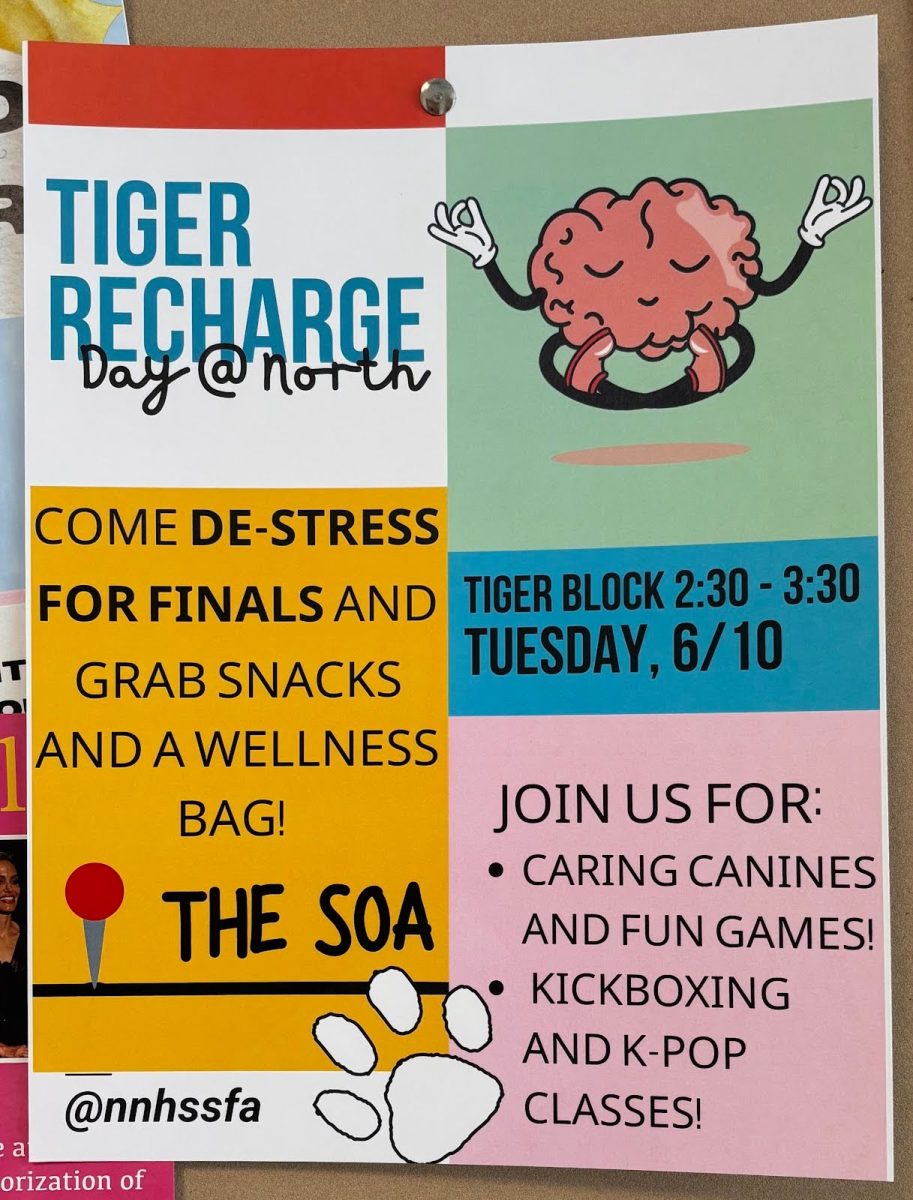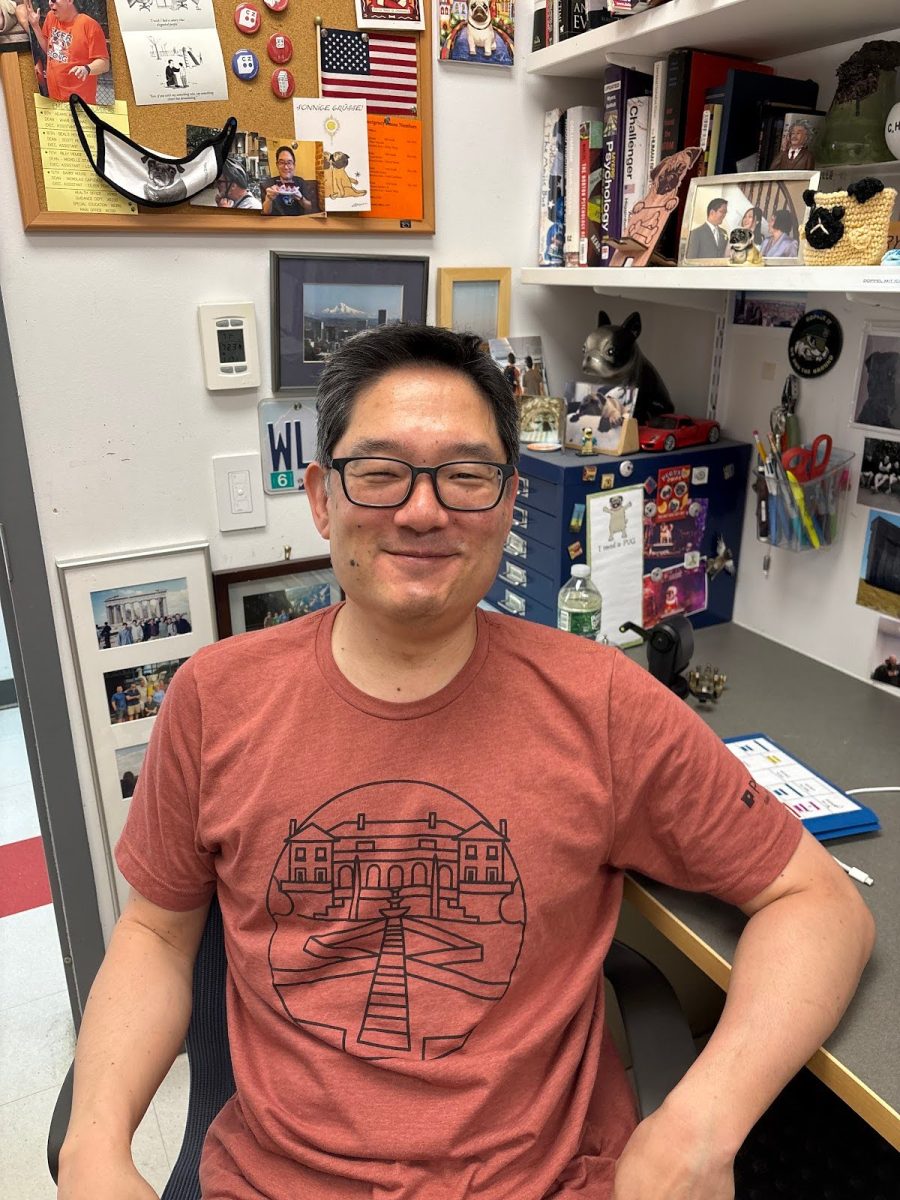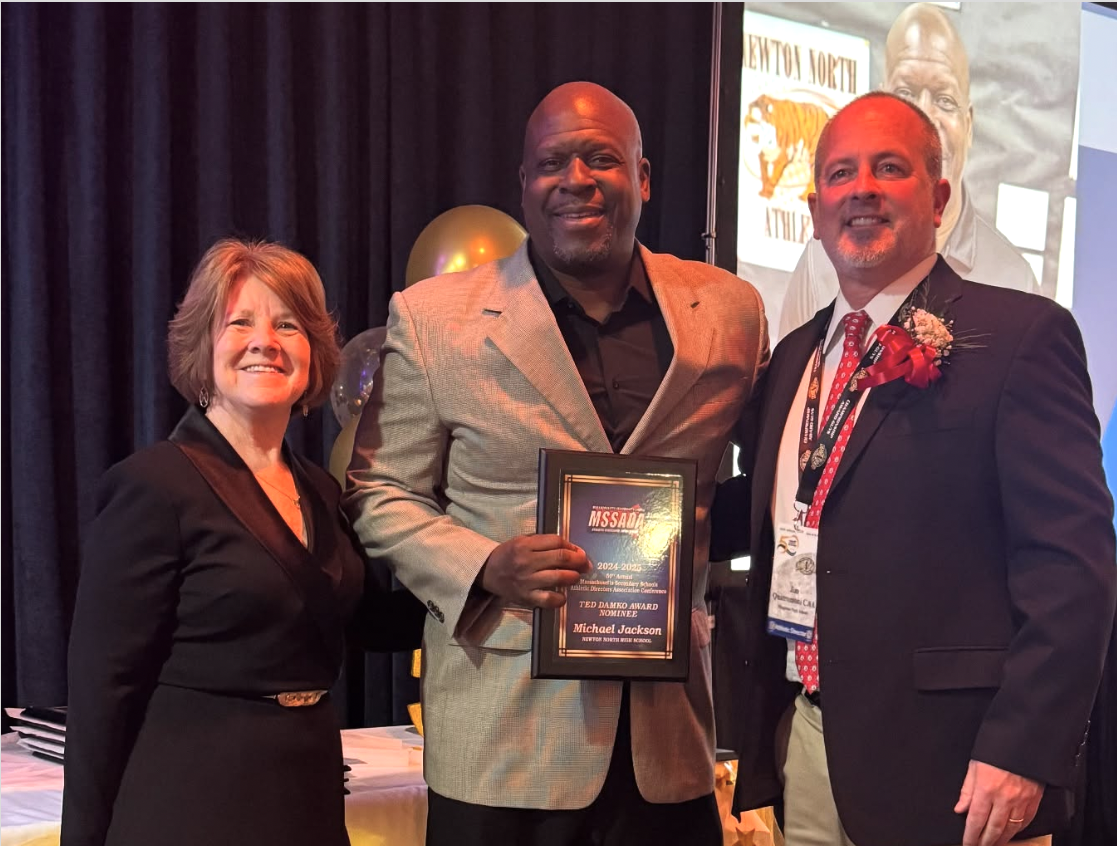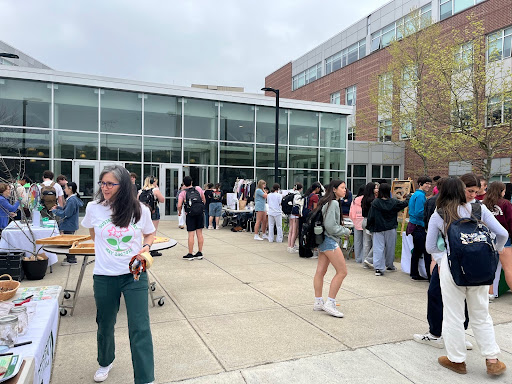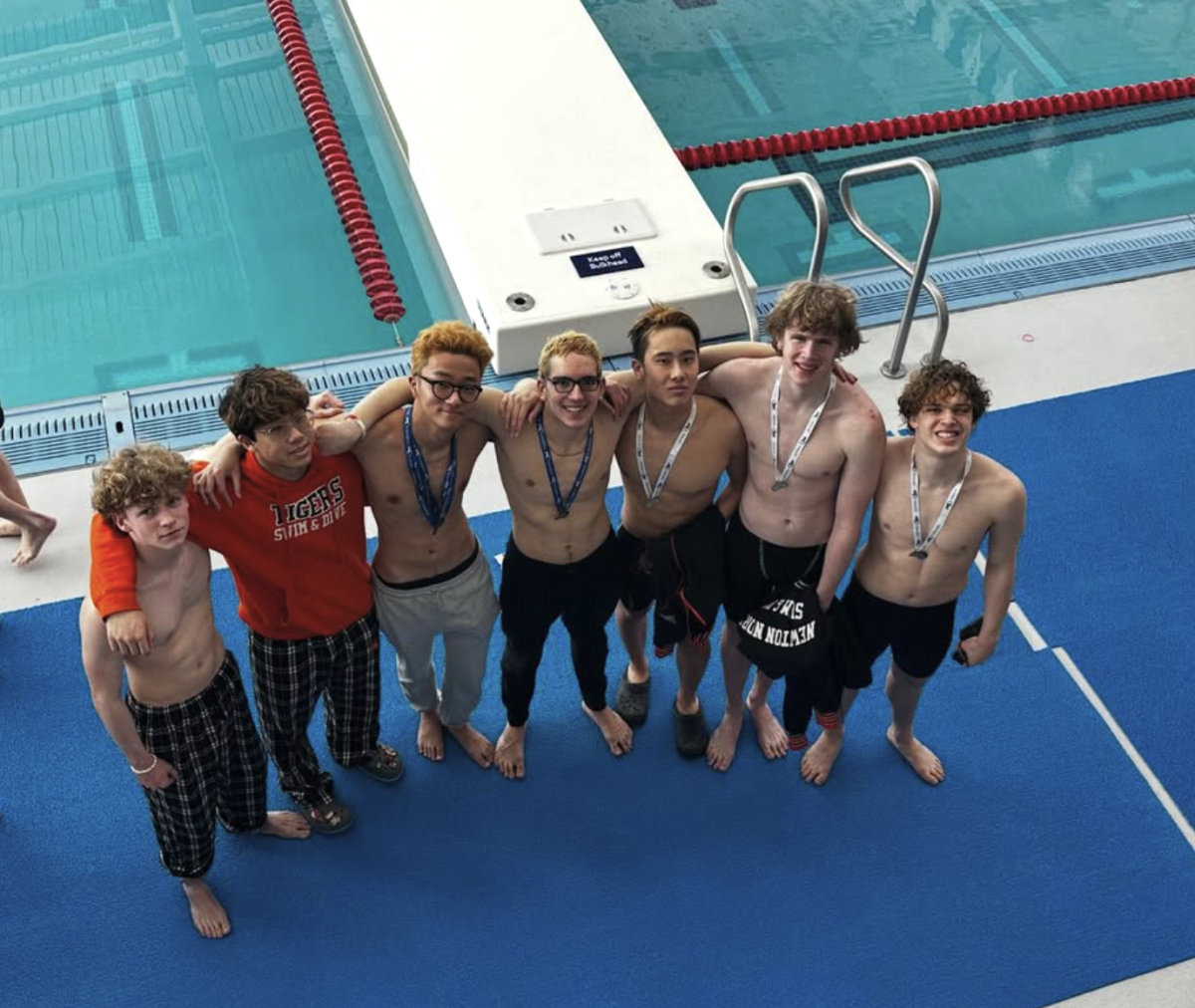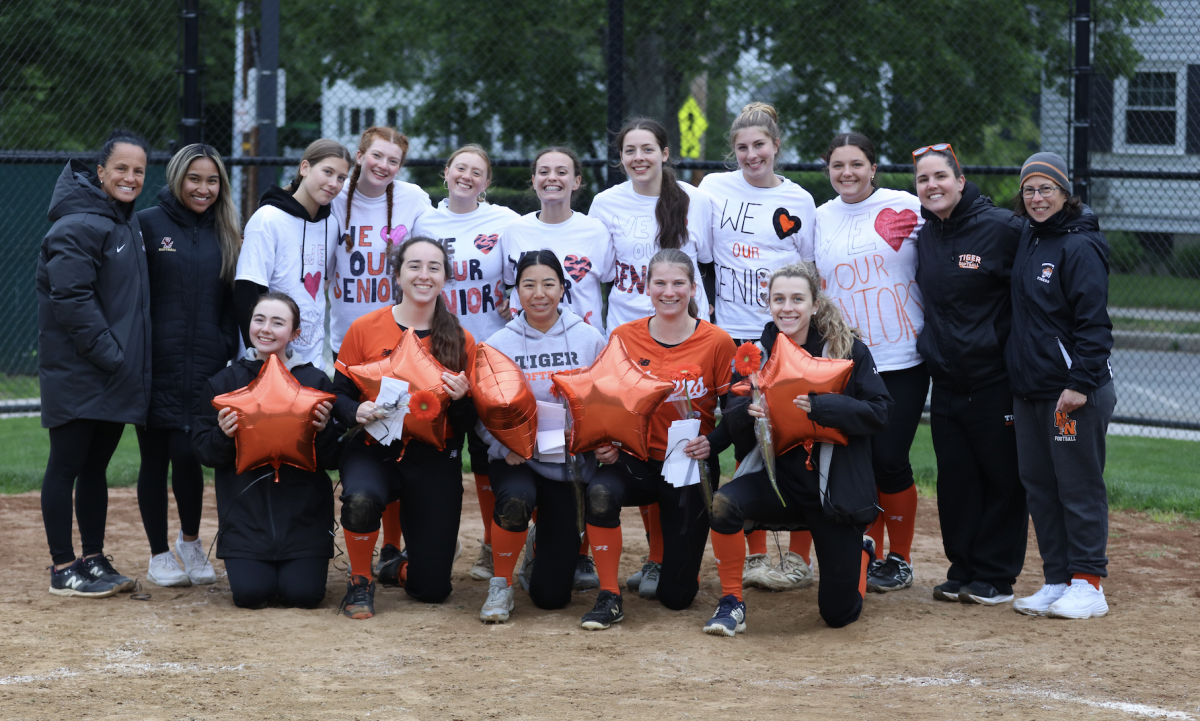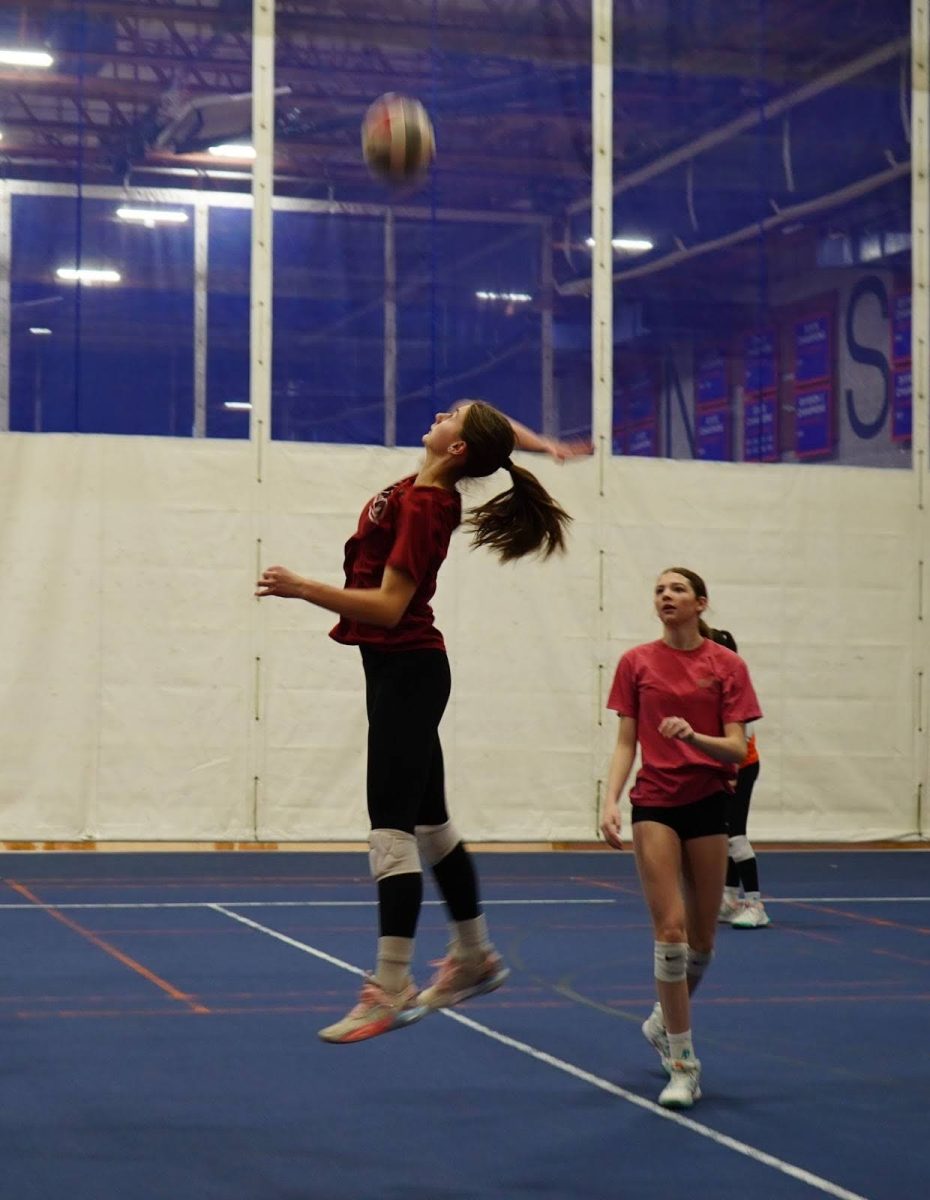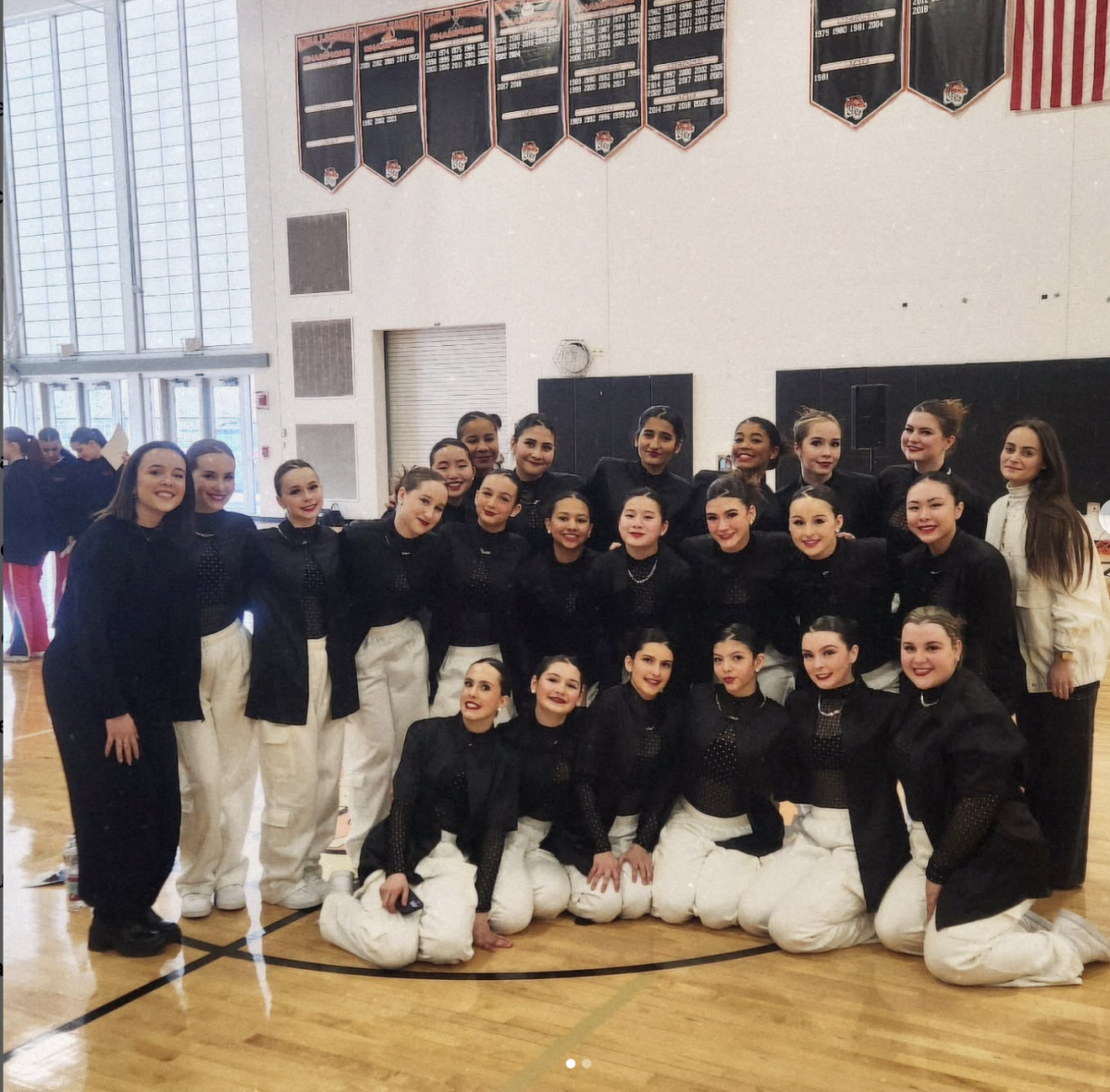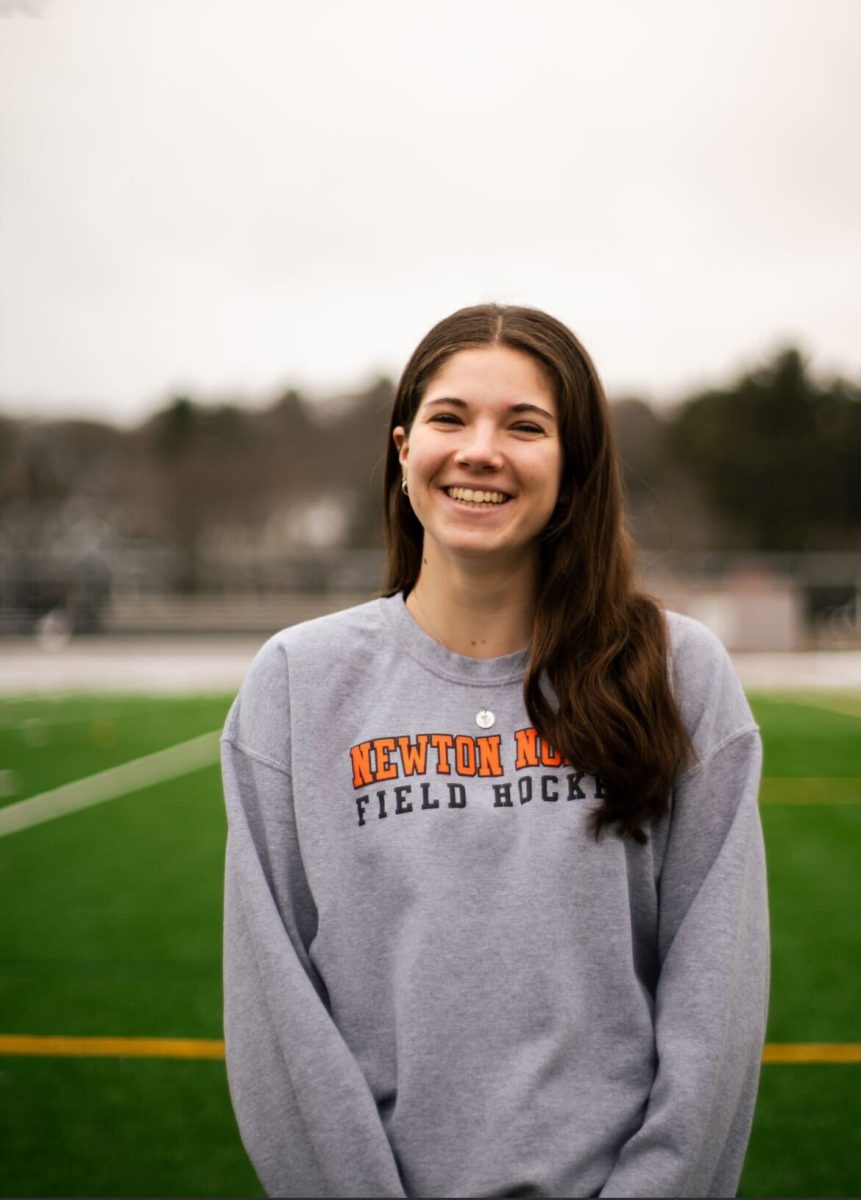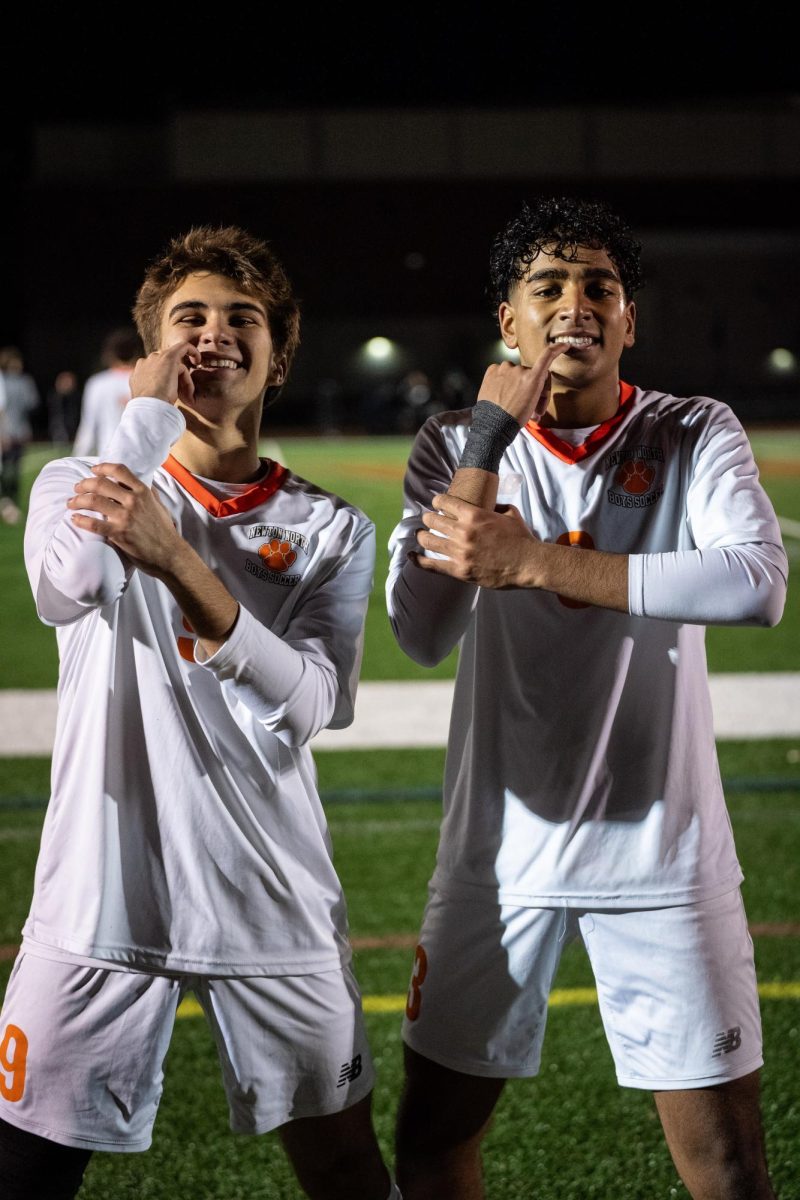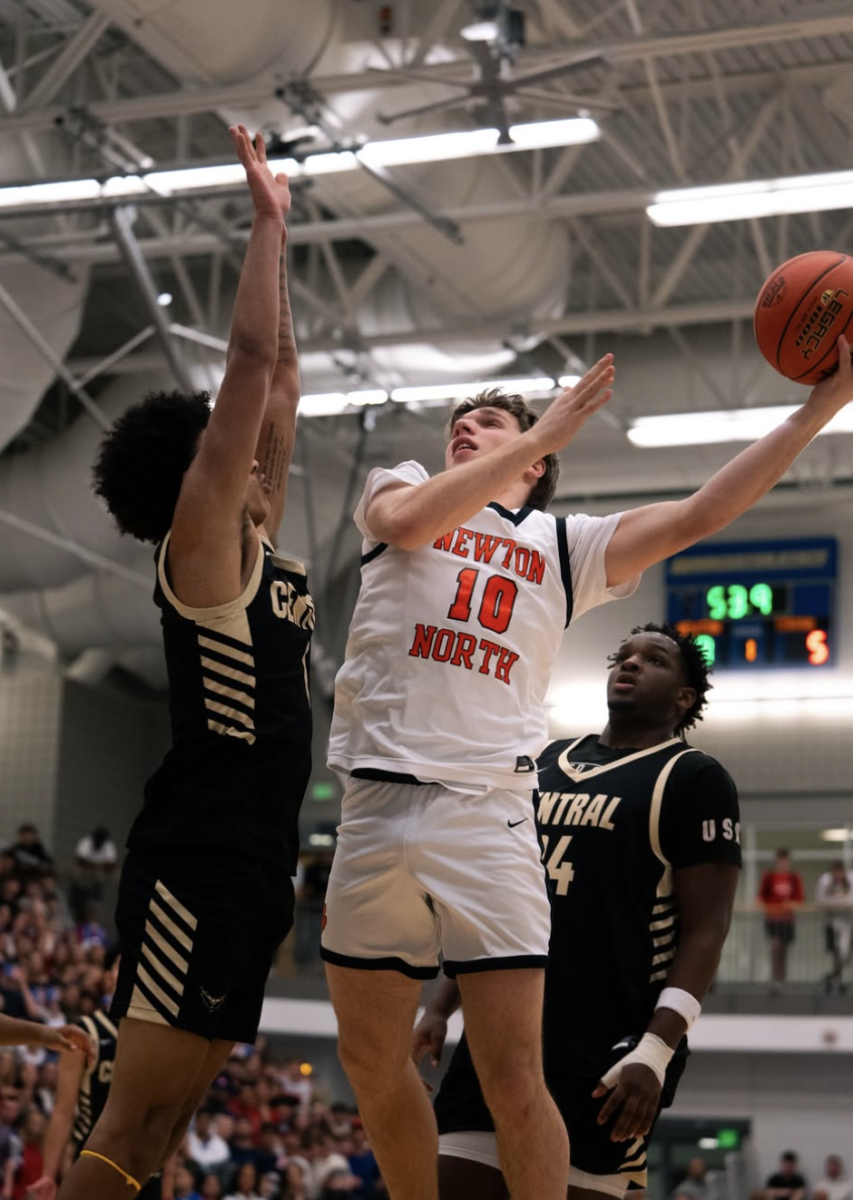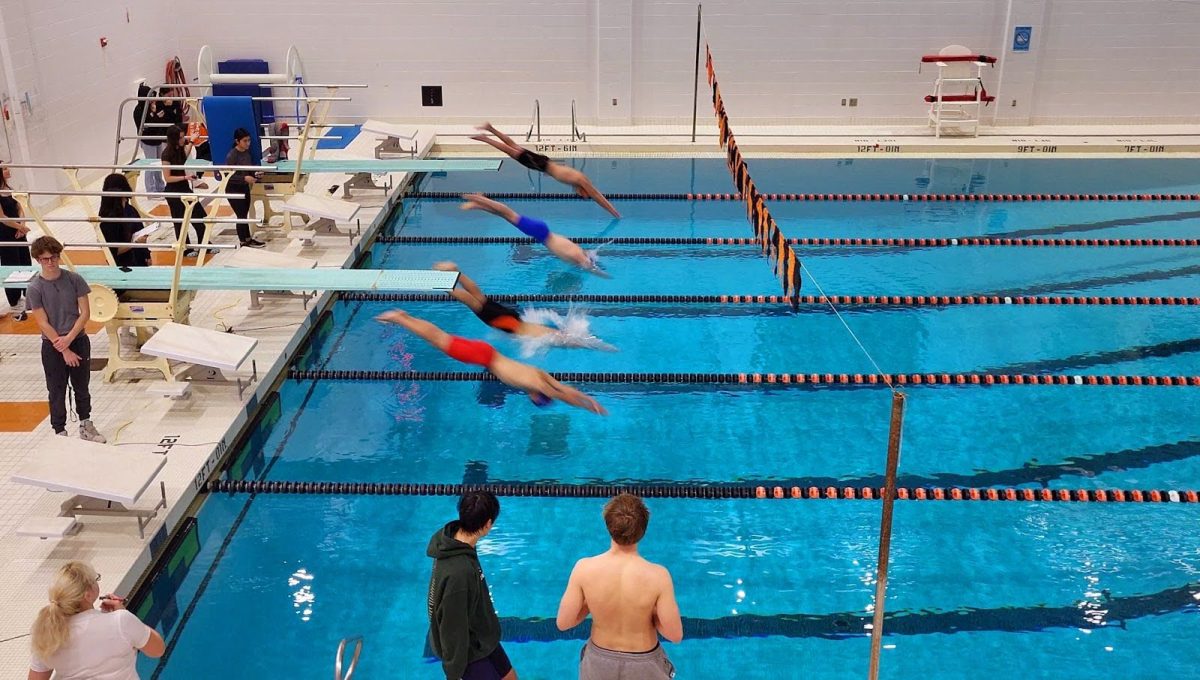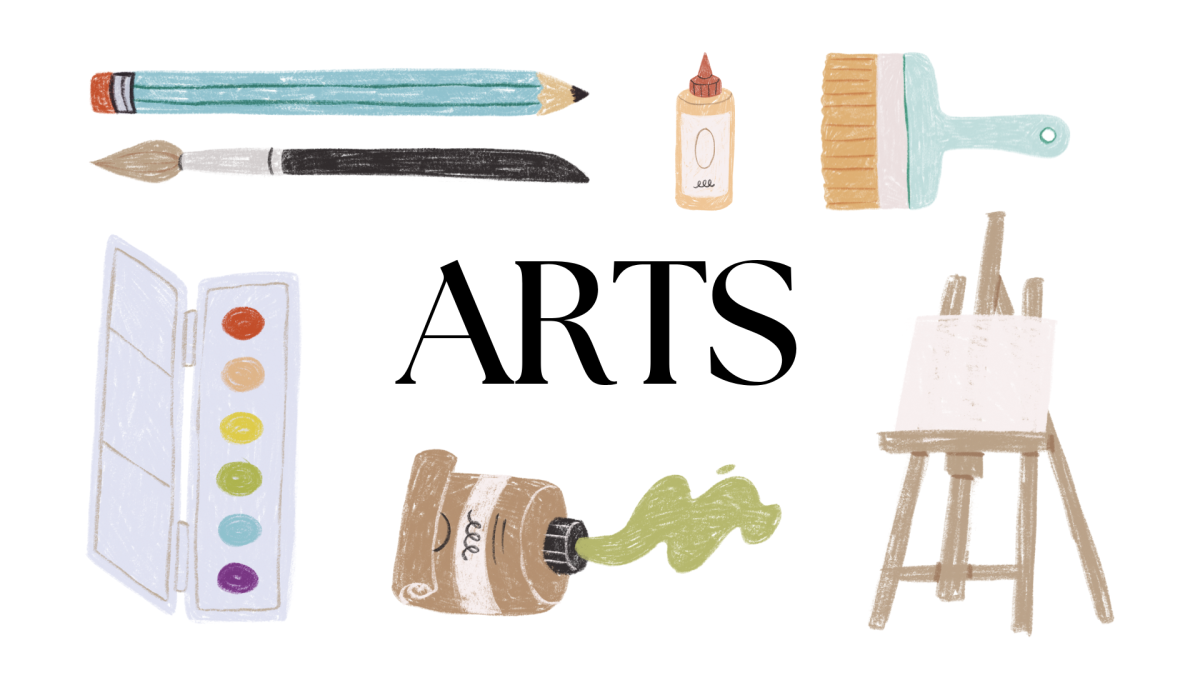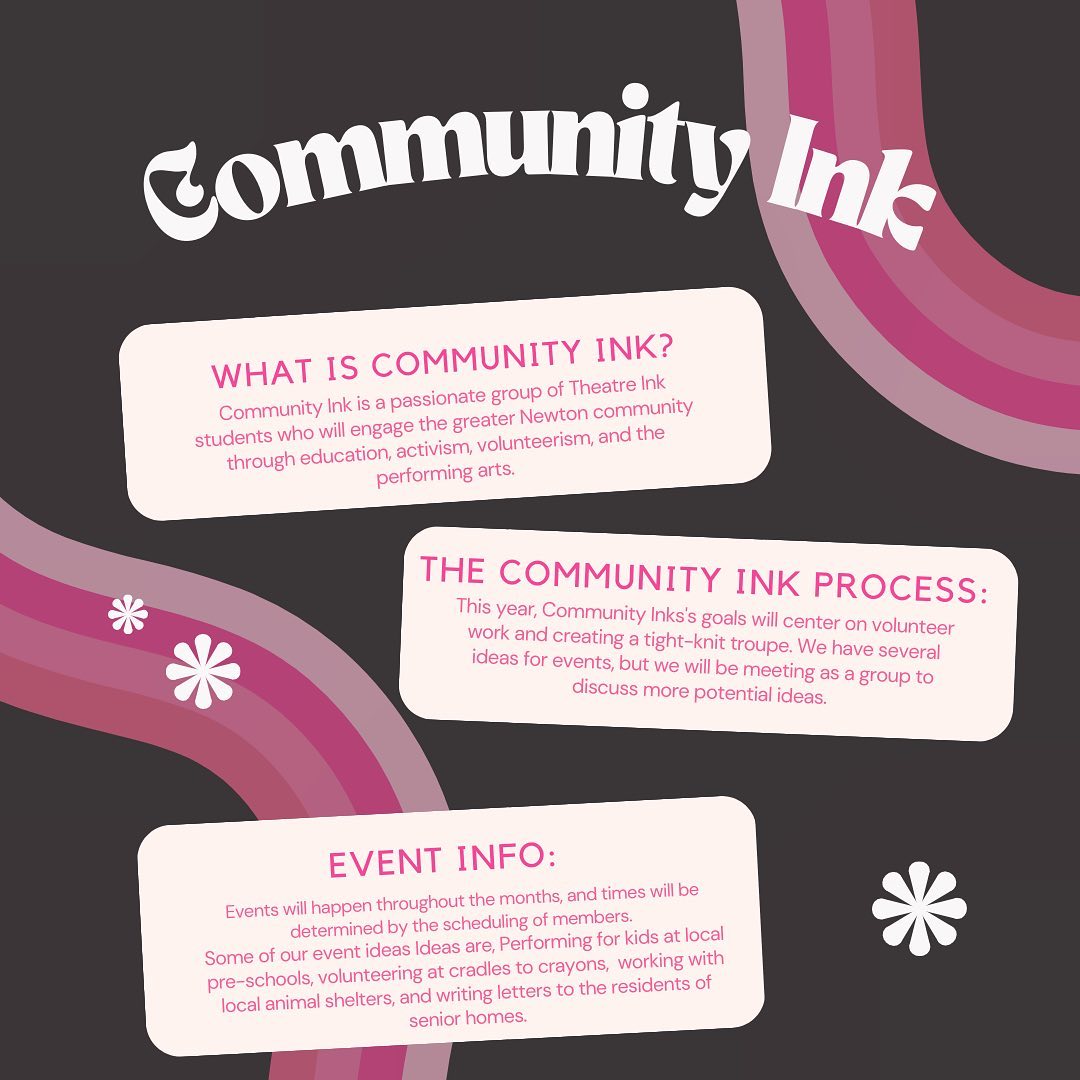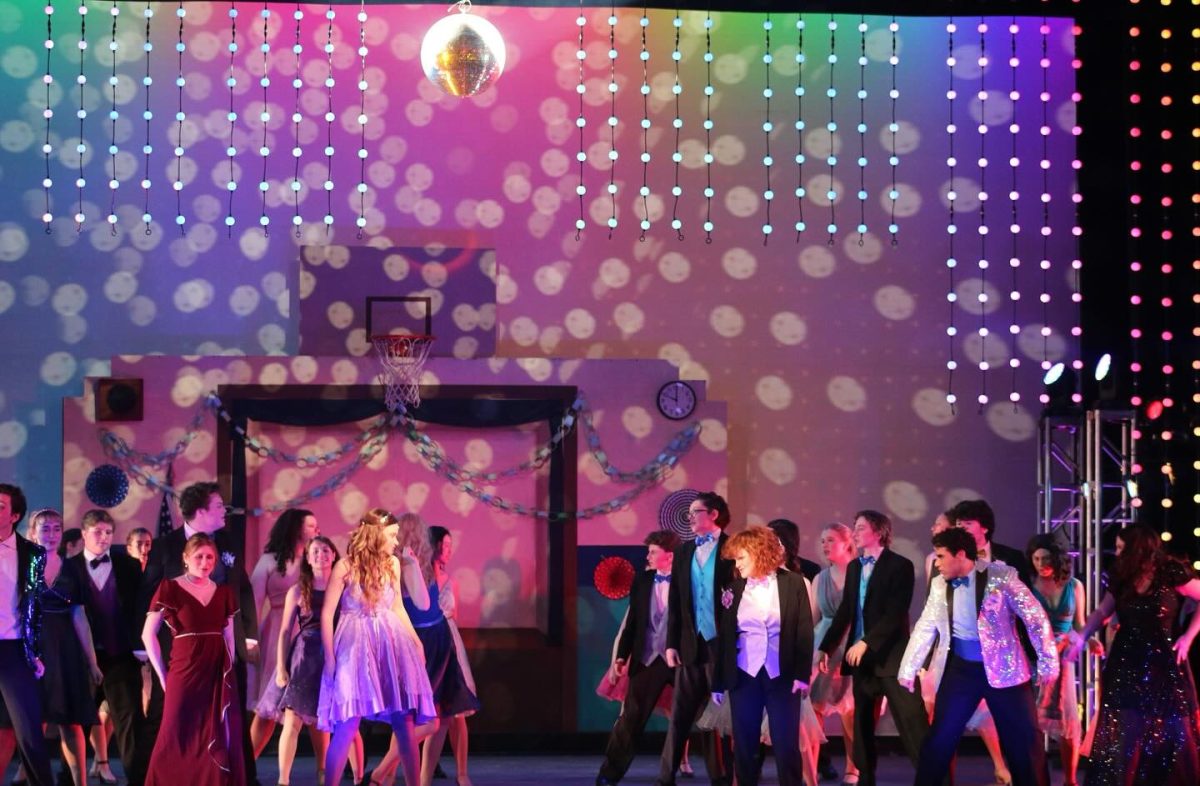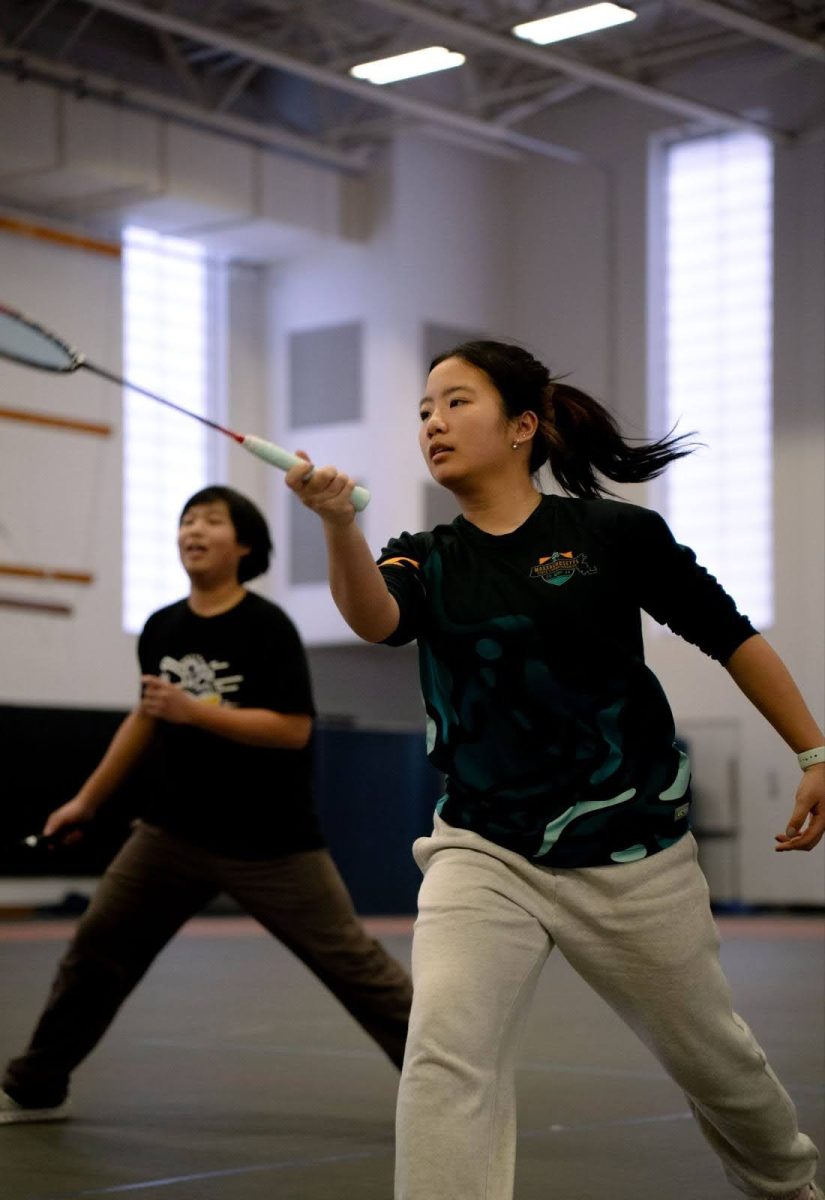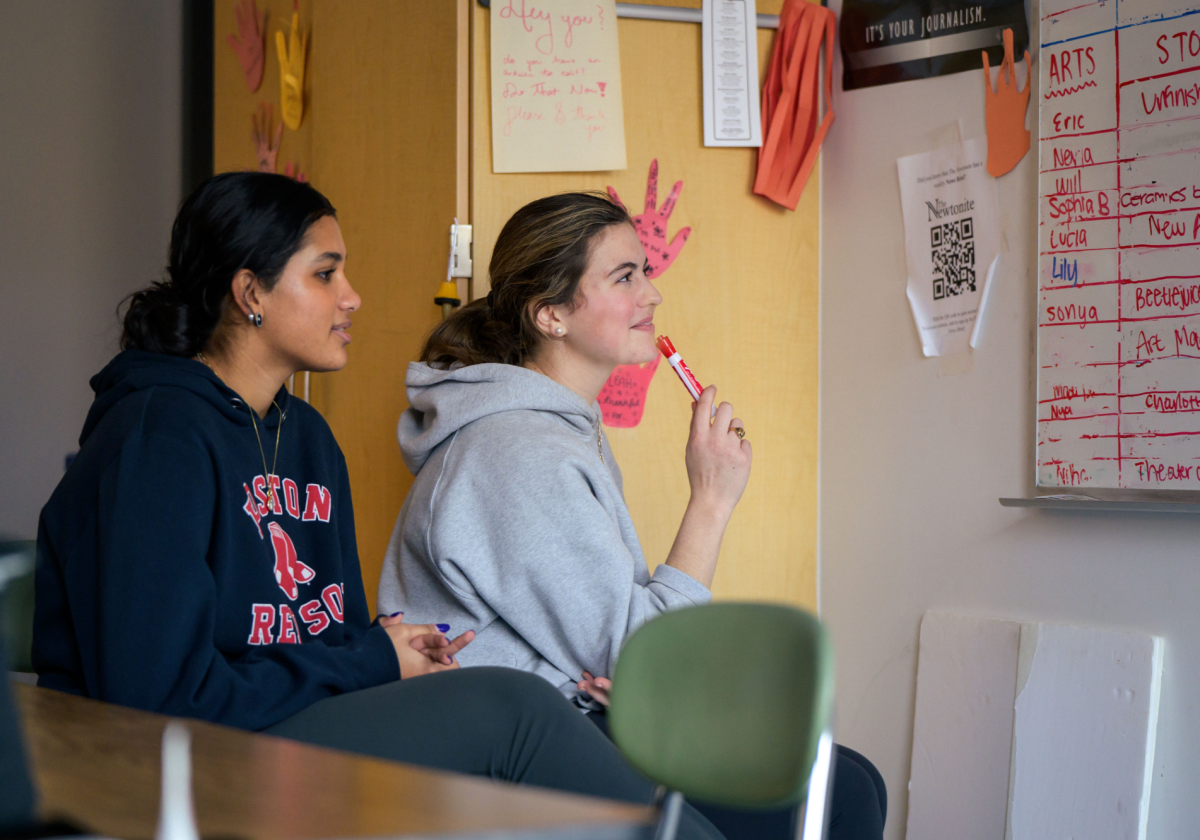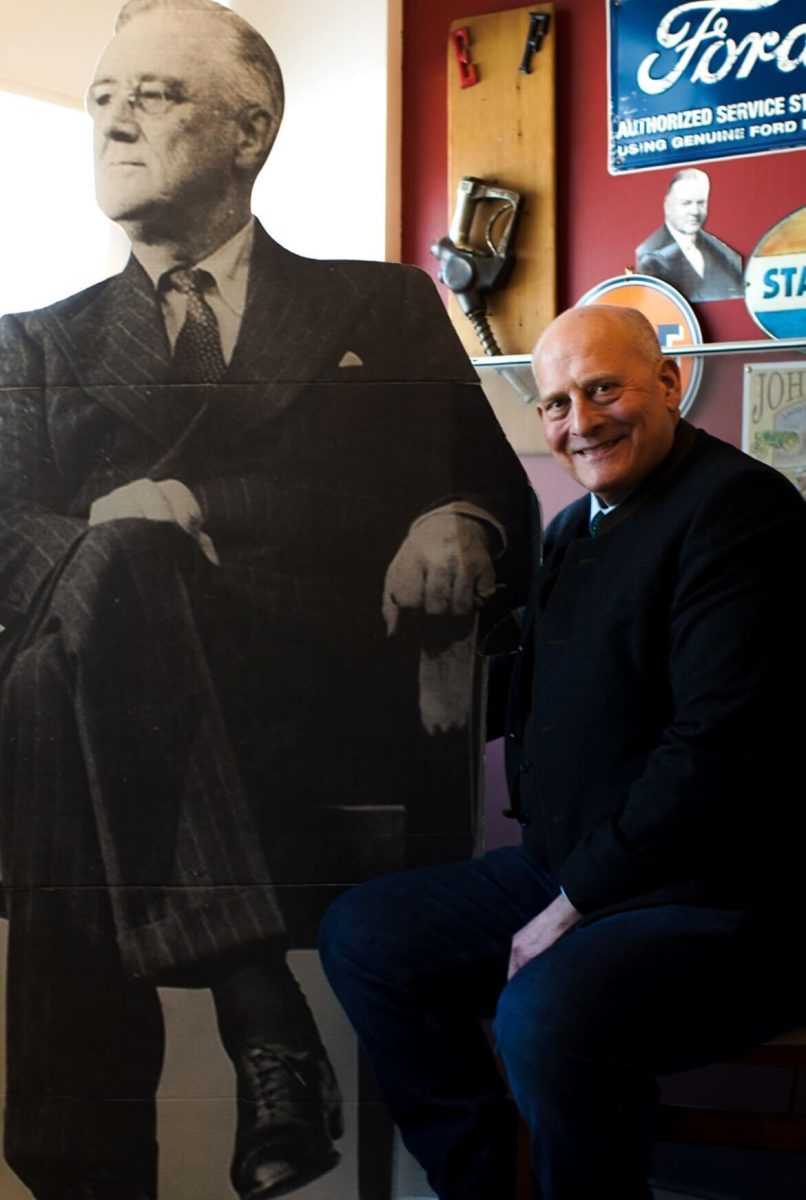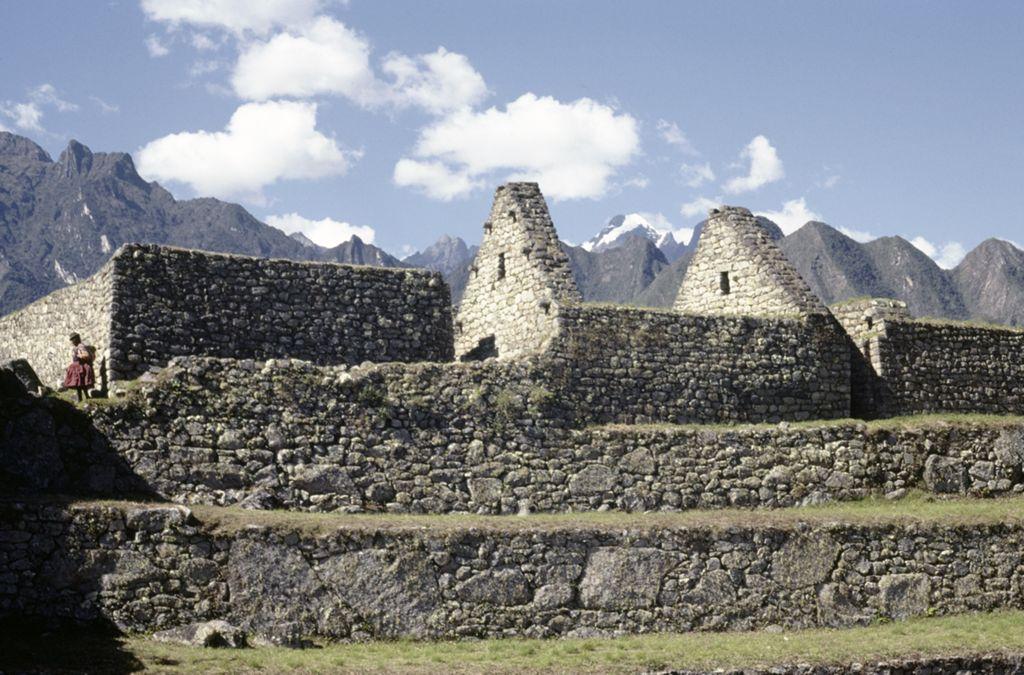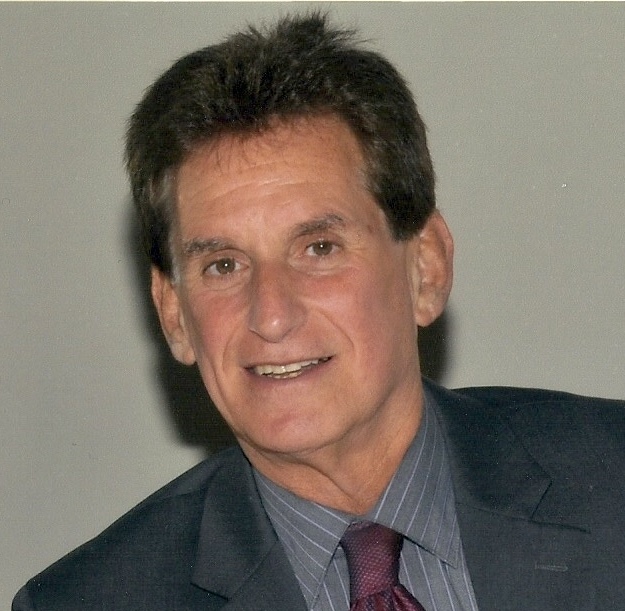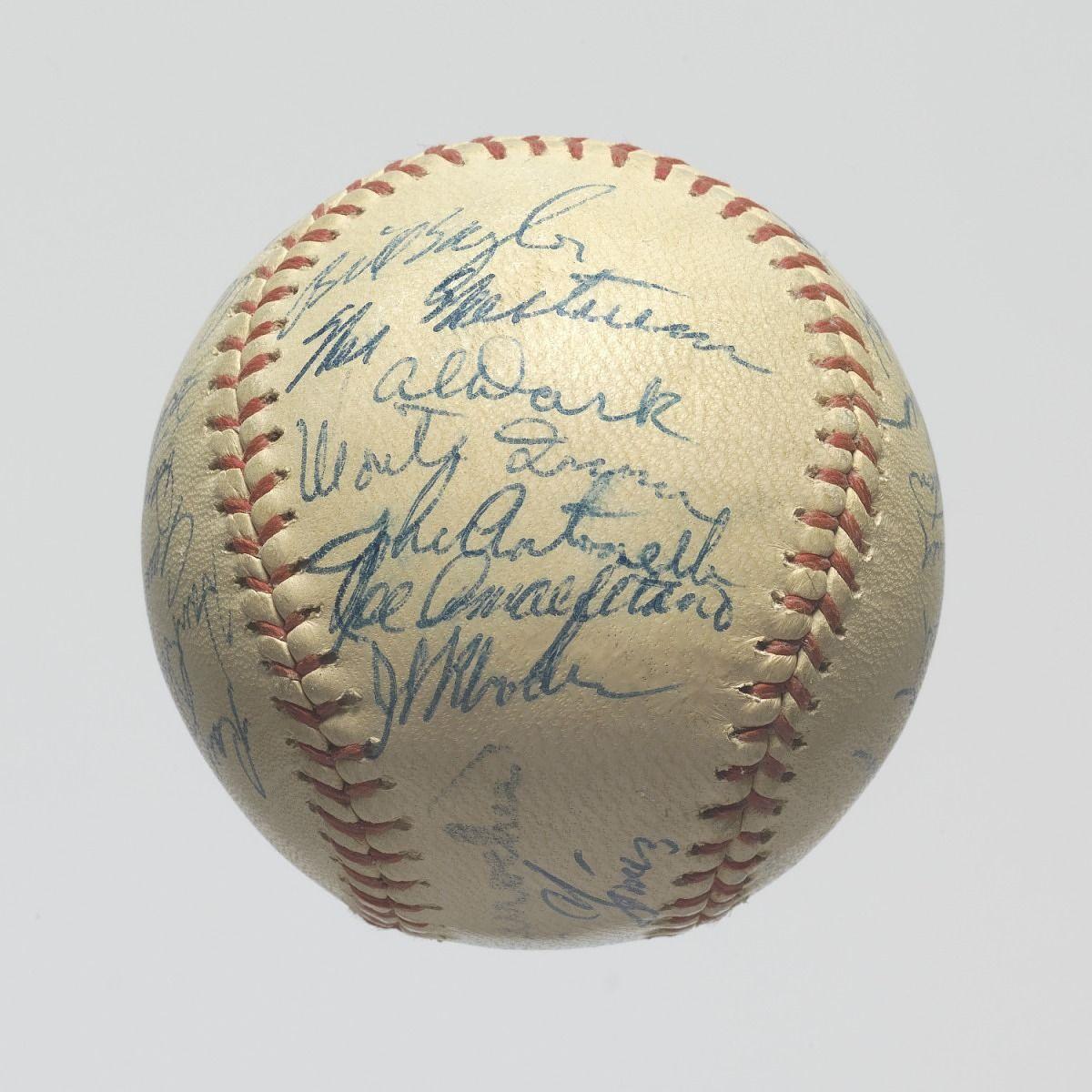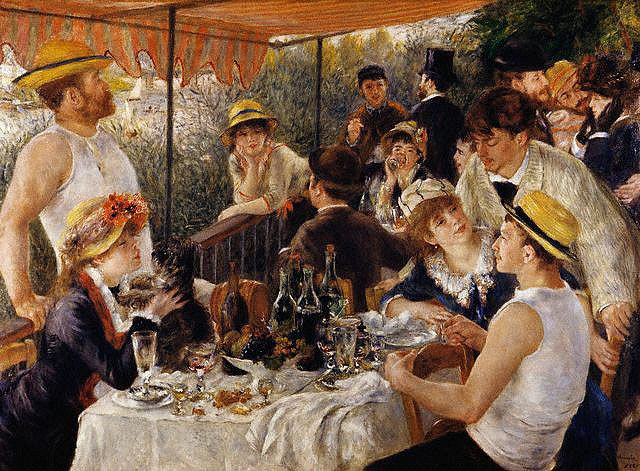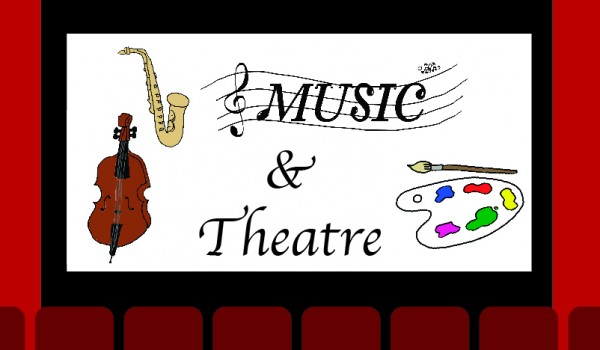Street noise streams through the open windows, but I cannot hear it. I am putting the finishing touches on a music project that has been in the works for days, and I am immersed in sound. My project is reaching the final stages, and I am obsessing over minor details, such as whether a note should be played a millisecond longer or shorter. After I have fixed the blemishes in the song, I lean back in my chair and listen to the song in full as the autumn breeze gently presses my shoulders.
I have been playing music for a large majority of my life. I started with piano in elementary school and moved on to guitar when I entered middle school. Naturally, having delved into these two particular instruments, I found my creative interests going further than just learning my favorite rock song, or playing along to a jazz track. I found myself interested in a new niche of music: recording and producing new music over a computer. The early beginnings of my production hobby were new, endless, and exciting. Production was the way I found best to express my musical ideas, and it is something I have been engaged in since freshman year.
One thing that must be stressed is that the music production process can and will differ from person to person. There is no right or wrong way to start composing. I tend to start with a set of chords. I find a tempo that feels right and find a keyboard sound on my computer that fits what I am going for, then record what I am playing directly into ProTools, my Digital Audio Workstation (DAW), or music production software. Ableton and Logic are other DAWs that are commonly used.
The next thing I tend to focus on is adding drums, specifically creating a steady kick and snare pattern that melds with the chord progression. This kick and snare pattern is important to establish early because it will often dictate the groove of a beat and the instrumental elements I add next. To create a kick and snare pattern, I listen through a variety of samples that I have downloaded to my computer and choose a few drum sounds that fit with what I am imagining. I then lay the sounds into my DAW and arrange them. Once I have a chord progression with a kick and snare groove that has my head moving, I can feel the general direction that the song is taking. Finishing these first actions are exciting and exhilarating because, once you get the general idea down, you can start to add more creative elements.
The next step is to add a bass. There are two main ways that I will record bass, depending on the sound I am going for. If the project I am doing is intended to be more organic, I will record my bass playing into ProTools. If I want a more electronic sound, I will take an electronic bass sample and create a bassline using my keyboard. The most important thing about creating a bassline is to make sure that the bass, on some level, syncs up with the kick pattern. This is something that can definitely be heard often in my songs. When the low end sounds in a song are all accentuated at the same moments, the song will have more bump to it.
With bass, kick, snare, and piano recorded, most of the initial work is done. I like to add a hi-hat playing steady and on-beat to keep time and give the track simple movement. The elements added after I have these core features vary. Sometimes I will add a sustained synth sound in the background or melodic piano lines that pop into my head. The great thing about music production is that the process is so fluid and open-ended that there is no formula to creating grooves.
One of the last steps I do when making music is mixing the elements I have recorded together to sound cohesive and clear. One of the most important aspects to mixing for me is to make sure I leave enough space for every instrument to be heard. One way to create space is by putting different instruments on different sides of a listener’s headphones, a process called panning. With panning, I like to have the hi-hat be heard on the left side of the headphones and the piano to be split, with some notes heard on the right, and others heard on the left. Techniques like these give every sound a pocket in the overall balance of the song.
With the composition and mixing process done, I always take a step back and absorb the final product of my composing. It is always a great feeling being able to put my new beat into a master folder with the rest of my creations and listen back to it in later weeks and months. Even if I change my opinion about some past songs, I can always appreciate the process, effort, and creativity that went into them.


